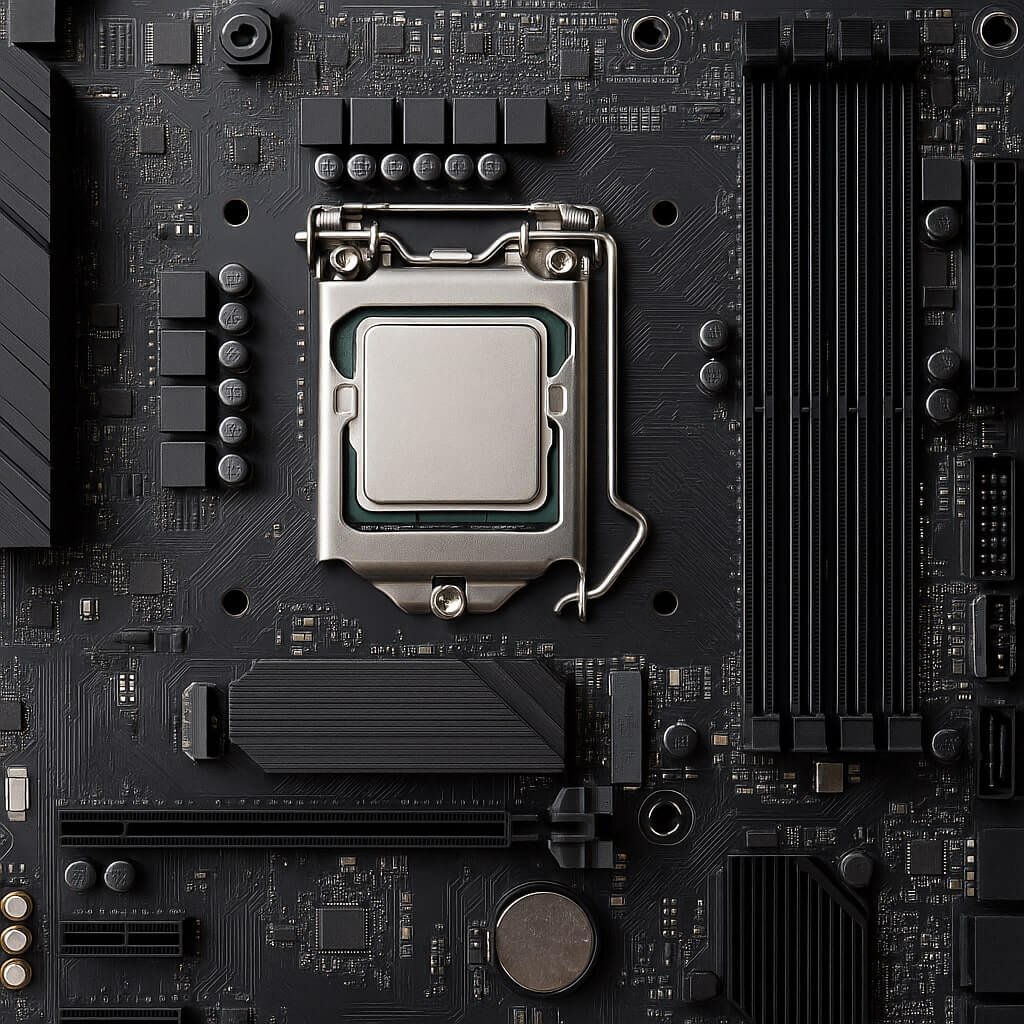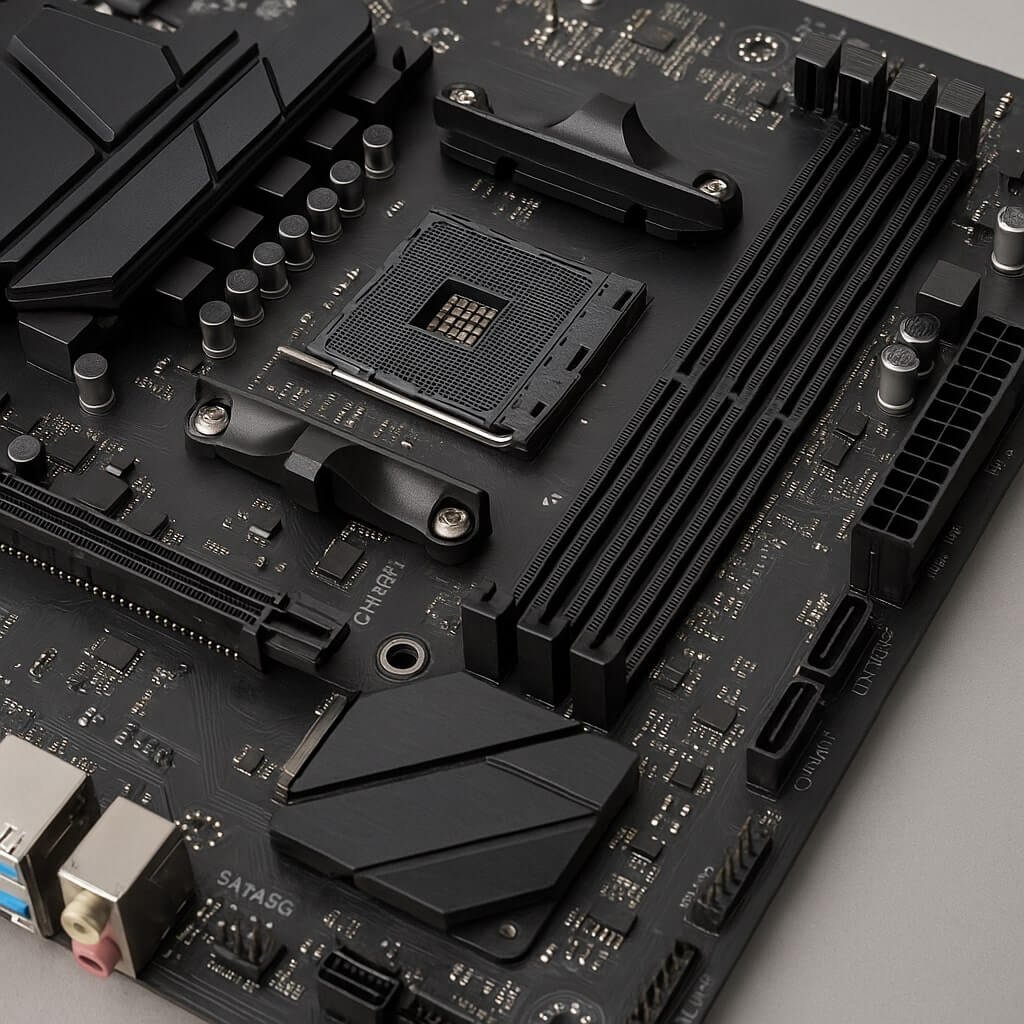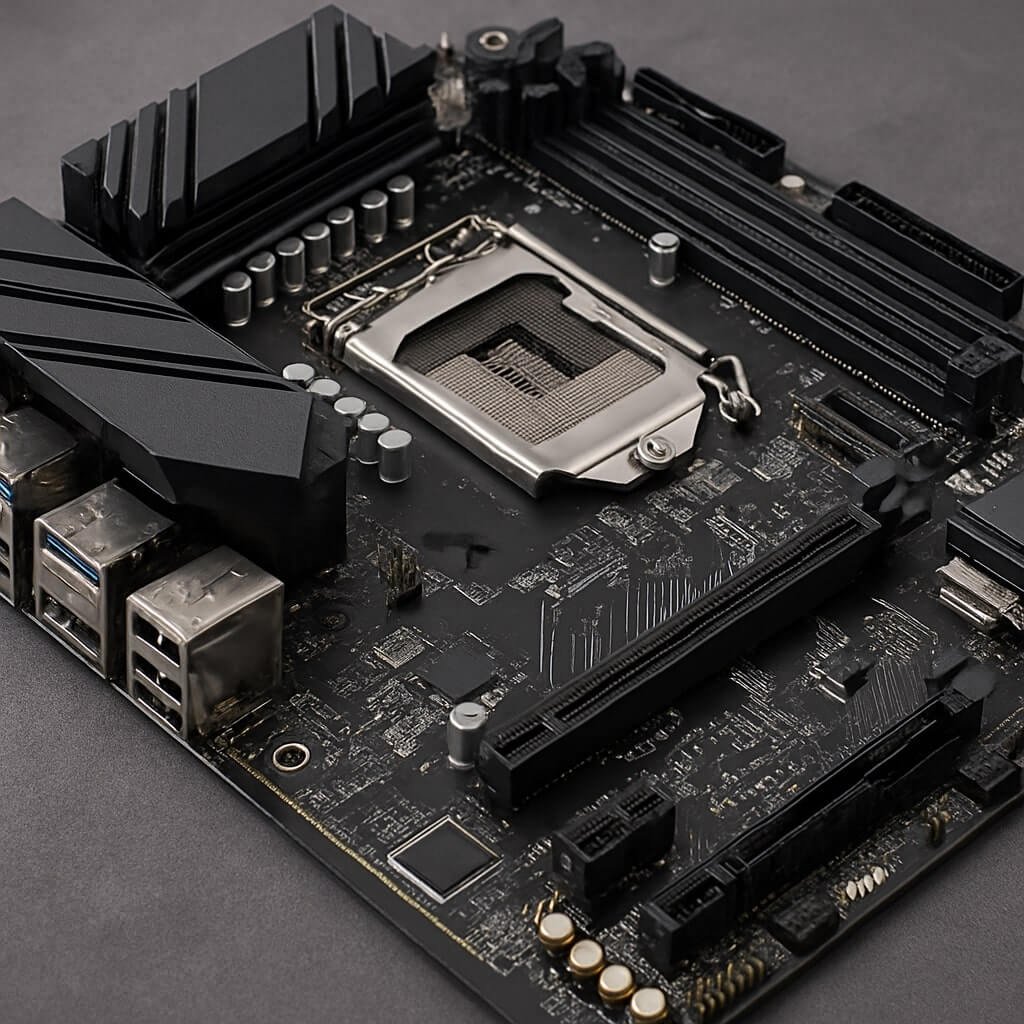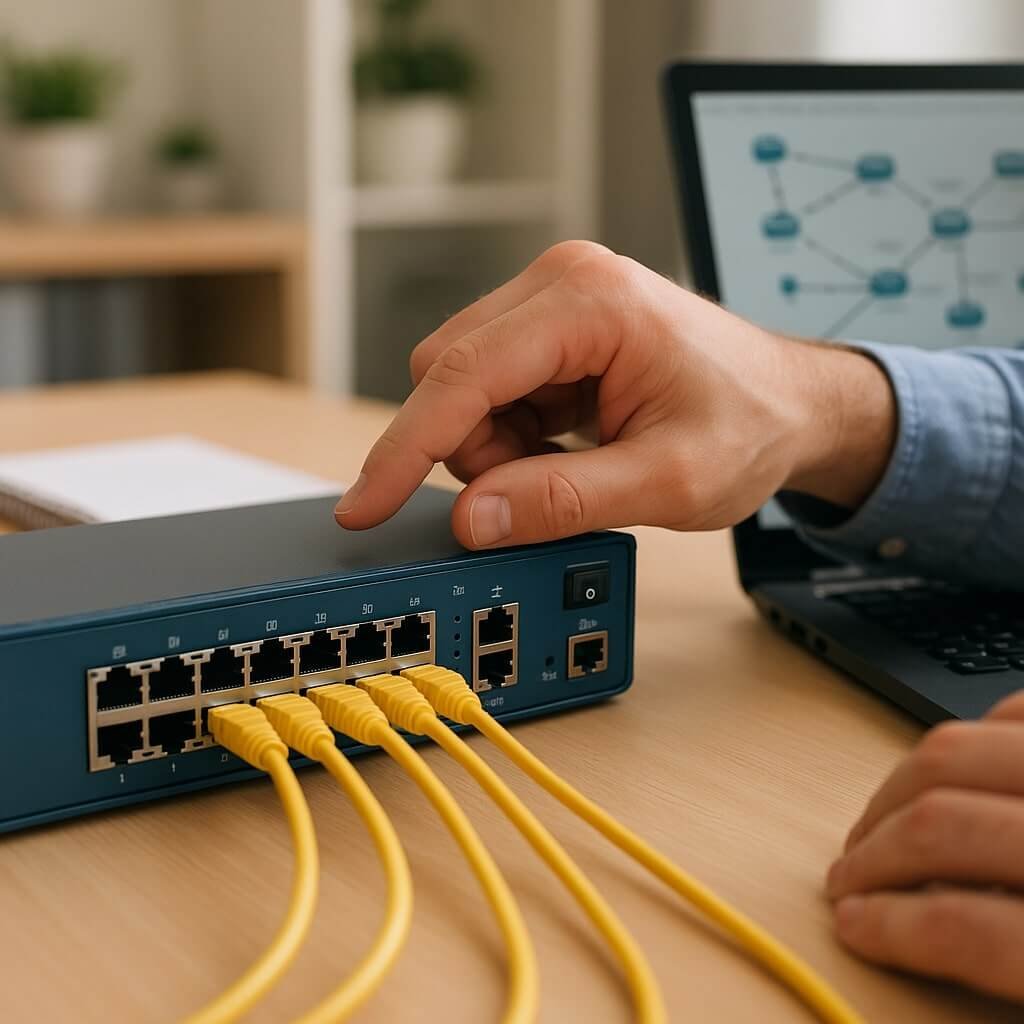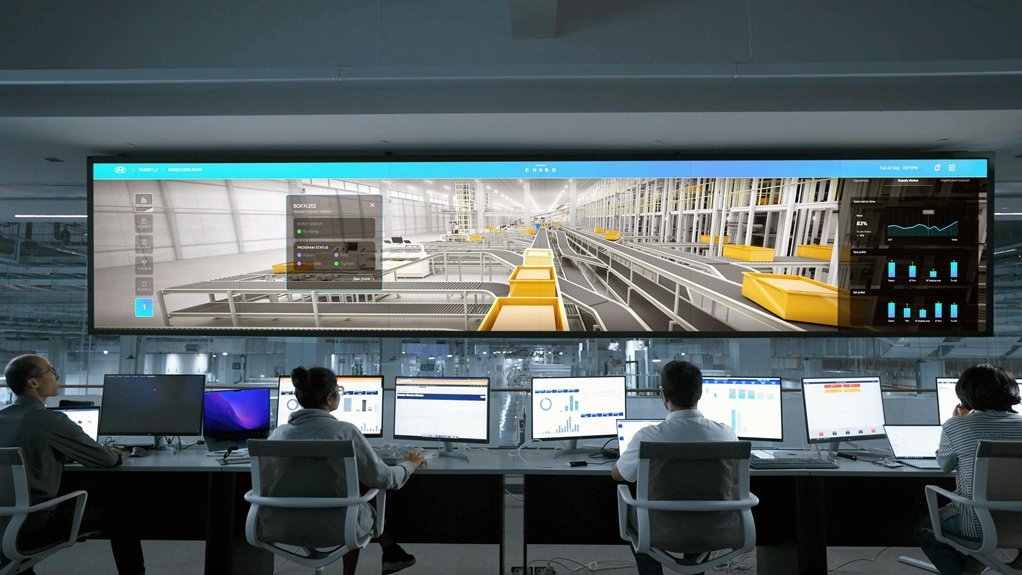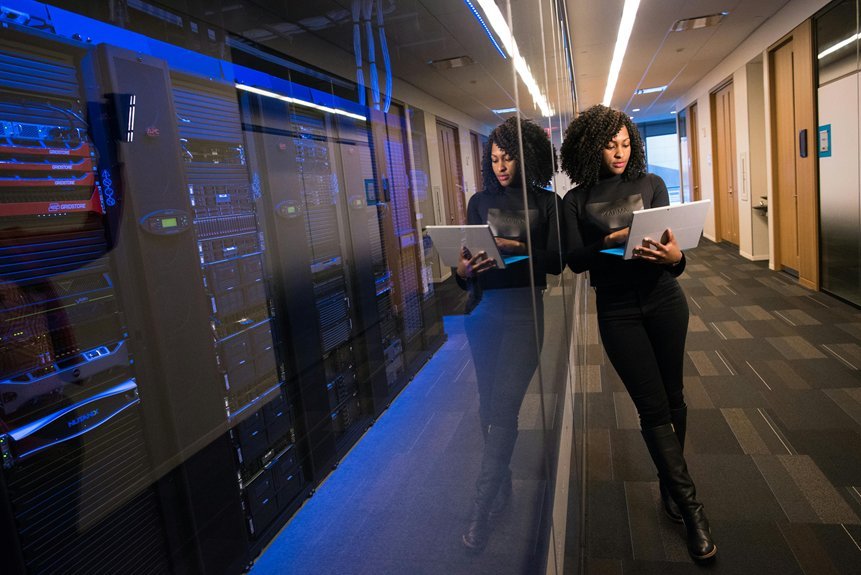The motherboard is the silent communicator that binds all parts of your PC into one cohesive system. While it might look like a maze of circuits and chips, it’s a highly organised and efficient communication hub. This article will explore exactly how your motherboard interacts with every component, ensuring your system runs smoothly. Whether you’re a tech enthusiast or a beginner, understanding this central coordination can help you better troubleshoot, upgrade, or build your PC.
What Is a Motherboard?
A motherboard, also known as the mainboard or system board, is the primary printed circuit board (PCB) in a computer. It provides the platform on which every other component of your PC is either directly mounted or connected. From the CPU and RAM to storage drives and graphics cards, every major component relies on the motherboard for power and communication.
The Core of Communication: How Data Travels
1. Chipsets: The Brain’s Messenger
Modern motherboards use a chipset—a collection of chips that act like traffic controllers. Chipsets are responsible for communicating with the CPU, RAM, storage devices, and peripherals. Most modern systems use a two-part chipset: the Northbridge (integrated into the CPU in modern systems) and the Southbridge (now referred to as the Platform Controller Hub, or PCH).
- Northbridge (historical): Handled communication between the CPU, RAM, and GPU.
- Southbridge (PCH): Controls input/output functions such as USB, SATA, audio, and network.
2. The System Bus: Highways of the Motherboard
Buses are electrical pathways that transfer data between components. Key buses include:
- Front Side Bus (FSB): Connects the CPU to the memory controller (historically).
- PCIe (Peripheral Component Interconnect Express): Used for high-speed connections, like GPUs and SSDs.
- SATA (Serial ATA): Connects storage devices.
- USB Buses: Handle peripheral devices.
3. BIOS/UEFI: The Initiator of Communication
The BIOS (Basic Input/Output System) or UEFI (Unified Extensible Firmware Interface) is the firmware that initialises hardware during the boot process. It detects components and loads essential drivers so the operating system can take over.
How Each Component Communicates with the Motherboard
CPU (Central Processing Unit)
- Plugs into the CPU socket on the motherboard.
- Communicates via the chipset and high-speed buses.
- Controls most operations and directs other parts.
RAM (Random Access Memory)
- Installed in DIMM slots.
- Communicates directly with the CPU through a memory controller, now built into the CPU.
- High-speed access is essential for fast performance.
Storage Devices (HDDs, SSDs)
- Connect via SATA ports or M.2 slots for NVMe SSDs.
- Data is routed through the chipset and shared with the CPU and memory.
Graphics Card (GPU)
- Installed in a PCIe x16 slot.
- Communicates with the CPU and RAM to render visuals.
- Demands the fastest bus available (PCIe) for performance.
Power Supply (PSU)
- Connects via ATX power connectors.
- Distributes power to the motherboard and components.
Peripherals (USB, Audio, Networking)
- Connected through various I/O ports.
- Managed by controllers on the PCH (Southbridge).
Signal and Voltage Regulation
Motherboards regulate voltage through VRMs (Voltage Regulator Modules) to ensure components receive the correct power levels. Signal integrity is managed by careful trace design, shielding, and impedance control, critical for high-speed communication.
The Role of Drivers and Operating Systems
Once the system is up and running, the operating system uses device drivers to interact with each hardware component. These drivers act as software translators, ensuring smooth communication and performance tuning.
Why Understanding Motherboard Communication Matters
- Troubleshooting: Knowing how components interact helps diagnose issues like no display, POST errors, or peripheral failures.
- Upgrades: Understanding your motherboard’s compatibility prevents expensive mistakes.
- Performance Optimisation: Tweaking BIOS settings or choosing the right components can boost performance significantly.
Frequently Asked Questions (FAQs)
What happens if the motherboard fails?
A motherboard failure can halt all communication between components, rendering the PC inoperative. Symptoms include failure to boot, no power, or POST beep codes.
Can a motherboard bottleneck my system
Yes. If your motherboard has limited PCIe lanes, low RAM frequency support, or outdated chipsets, it may restrict high-performance components.
How does the motherboard identify all connected parts?
Through the BIOS/UEFI firmware and chipset, the motherboard scans and initialises every component during the POST (Power-On Self-Test) process.
Are all motherboards compatible with every CPU
No. CPU compatibility depends on the socket type and chipset. Always verify that your CPU matches the motherboard specifications.
Do I need a dedicated GPU if my motherboard has integrated graphics support?
Not necessarily. If your CPU has integrated graphics and you’re not gaming or editing videos, you may not need a discrete GPU.
Final Thoughts
The motherboard is the unsung hero of your PC. It choreographs the complex interactions between hardware components, ensuring your system functions as a unified whole. By understanding how it communicates, you can make smarter decisions about upgrades, maintenance, and performance enhancements.

